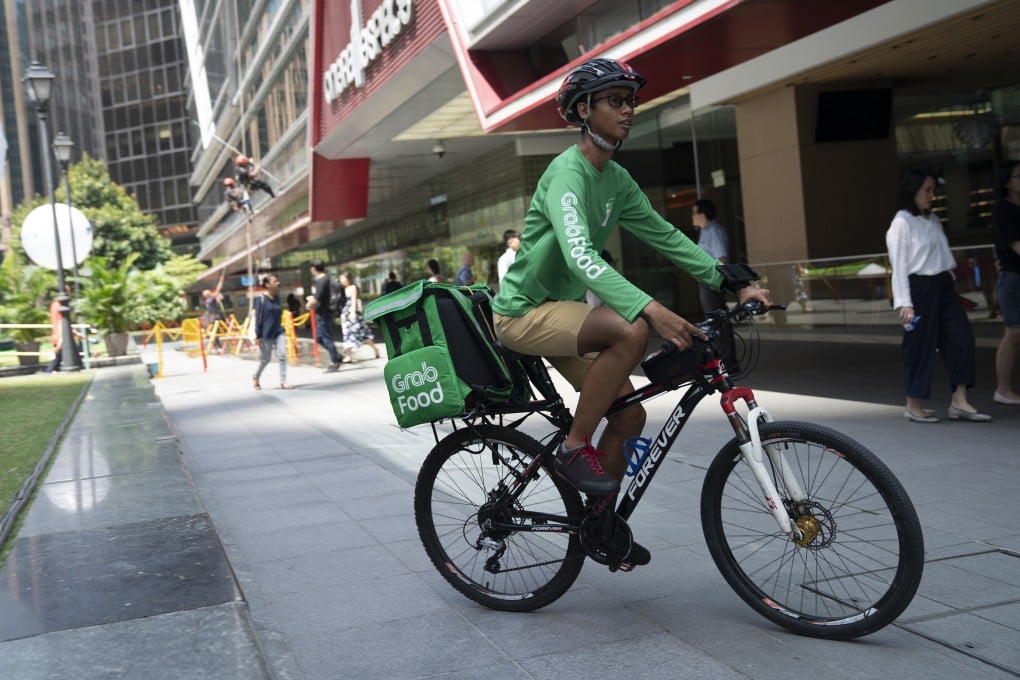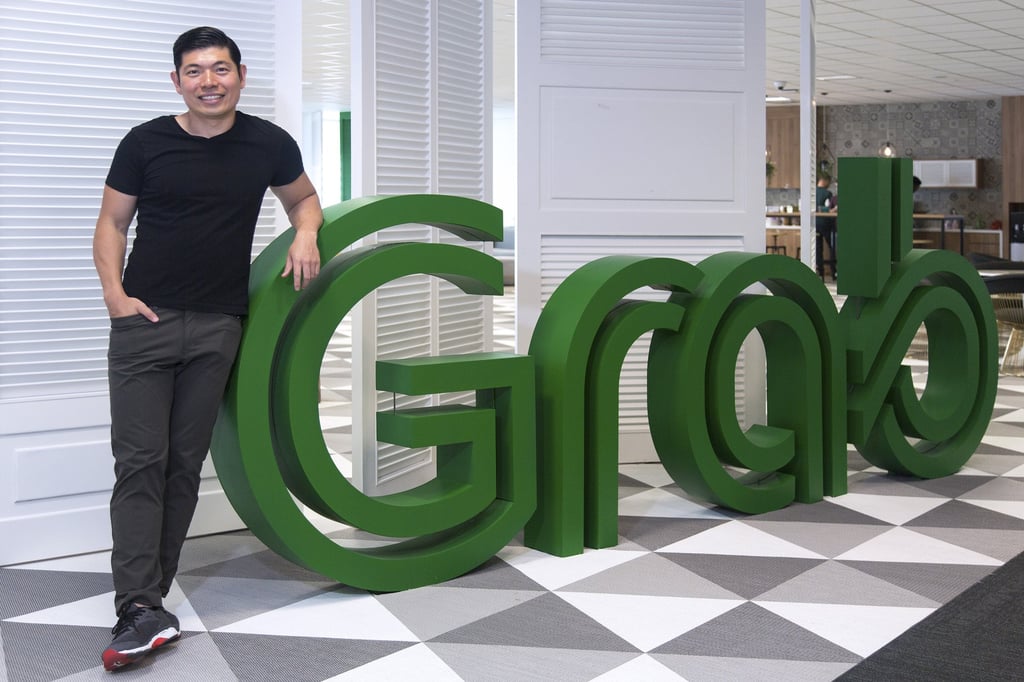Grab’s job cuts show Singapore tech firm not immune to ‘frosty times’ of higher interest rates, slowing economy: analysts
- The cuts follow a global wave of tech lay-offs last year, with Grab’s CEO saying in September that the firm was not at the ‘desperate point’ of cutting jobs
- ‘Extravagant growth’ pursued by firms including Grab in the pre-pandemic era is unlikely to be replicated in the current economic climate, say analysts

Grab chief executive Anthony Tan said in a private letter to staff on Tuesday that the redundancies – amounting to 11 per cent of its multinational work force – were a strategic reorganisation to adapt to the business environment, and not a “short cut to profitability”.

“We must adapt to the environment in which we operate. Change has never been this fast,” he wrote. “Technology such as generative AI is evolving at breakneck speed. The cost of capital has gone up, directly impacting the competitive landscape.”
The “primary goal” of the move, he wrote, was so the firm could “strategically reorganise ourselves, so that we can move faster, work smarter, and rebalance our resources across our portfolio in line with our longer term strategies”.
This is the firm’s first lay-off exercise since 2020, when it showed about 360 employees the door, in response to the pandemic.
It does suggest that the frosty times of extravagant expenditure and a ‘growth at all cost’ mentality may be coming to an end
Last September – as a global wave of tech lay-offs intensified – Grab’s chief operating officer Alex Hungate said that the company had been “very careful and judicious about any hiring” and hence was not at the “desperate” point of cutting jobs.